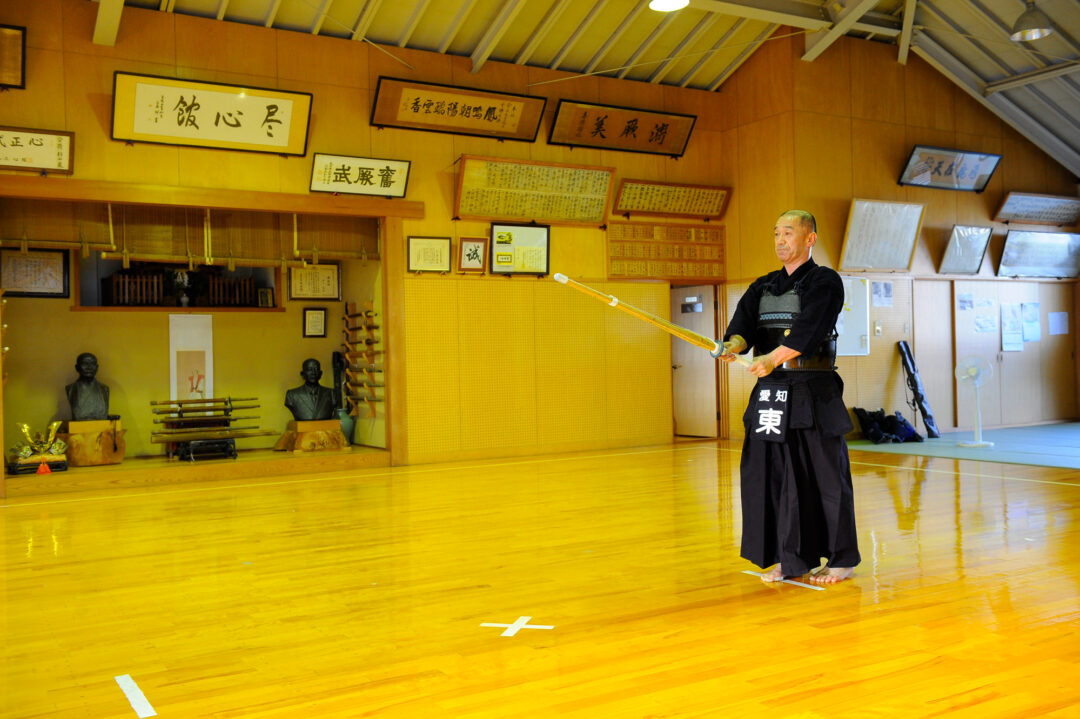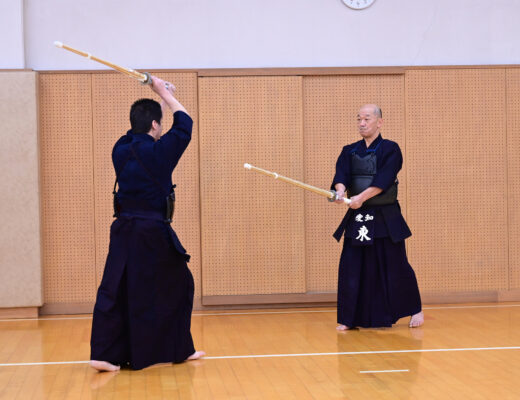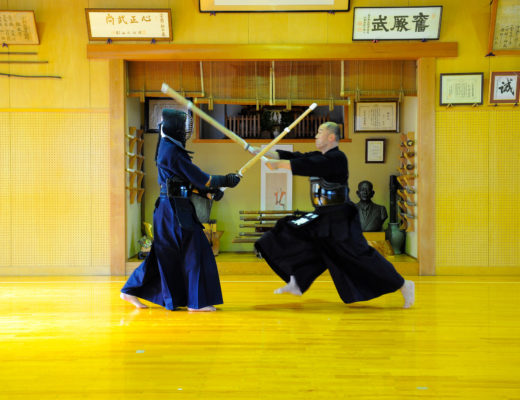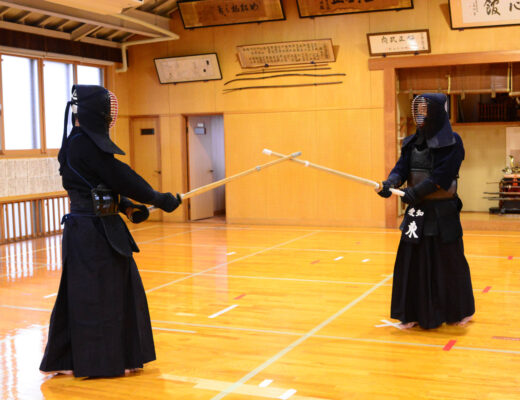KENDOJIDAI 2021.9
translation = Anne Zwart
Yoshimi-hanshi tells us that Sae occurs in the strike when you grip the Shinai correctly and cut decisively. Many Kenshi think that they are applying their fundamentals during practice, but are actually not. Not being aware of your basic executions like holding the Shinai correctly can cause problems in your Kendo, including Sae.
Yoshimi-hanshi introduces us to Keiko that helps us create Sae in our strikes.
Higashi Yoshimi, Hanshi 8th Dan
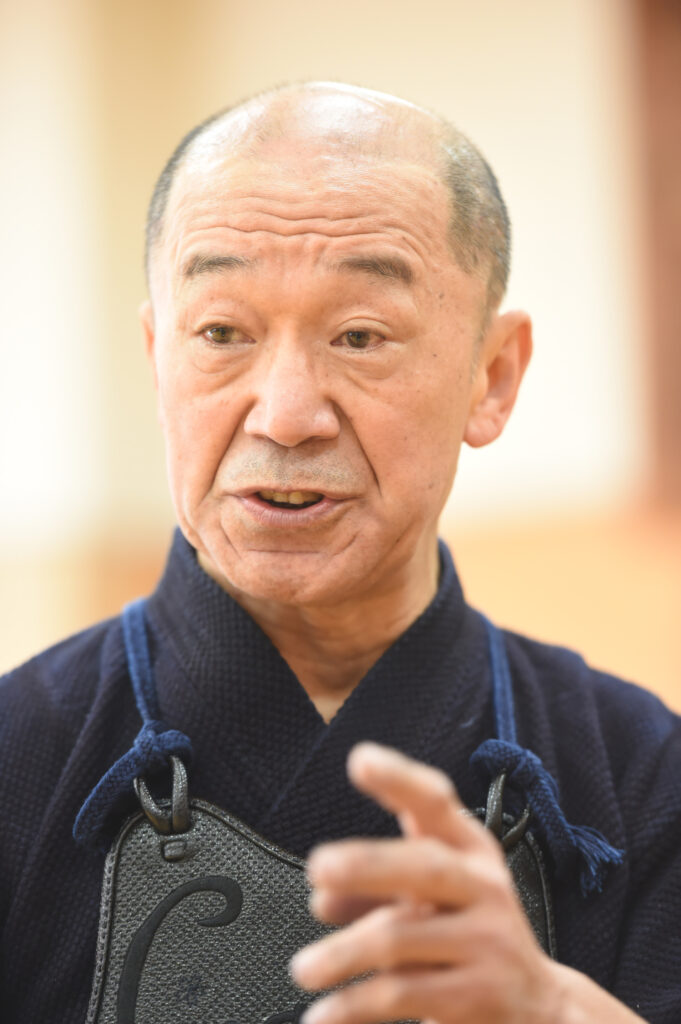
Using the right grip on your Shinai
Tenouchi and Sae are deeply connected. Rethinking your Tenouchi is an important step to learning to strike with Sae.
Tenouchi (lit. inside of the hand) is your grip on the Shinai, but why is it called Tenouchi specifically?
Tenouchi has many more components to it than the correct grip on the Shinai. A beginner will hold their Shinai as per standard teaching, but a Kodansha will use finer hand movements in their grip to create Sae in their Kensen. We partially learn this over time, but you will find that Kenshi improve their Sae at different rates depending on their natural skill. This is why we should also have Keiko that focuses on Sae.
Now, I will use my experiences with Keiko during which I practiced conscious Tenouchi to discuss these fundamental skills.
Concerning the grip of your Shinai, I would like to reference the Kendo Teaching Guidelines. These Guidelines are very important to Kendo.
It tells us the correct way to hold your Shinai: hold the pommel with your left pinky finger, close the pinky and ring finger in a strong grip, and add the ring finger in a light grip. The middle and pointer finger join in a lighter grip.
The grip for the right hand has the same elements as this grip, but the right hand does not hold the Shinai as strongly. If the right hand is too forceful, the Shinai cannot make fine movements. This is why your right hand should feel like you are holding an egg or a small bird; if your grip while holding an egg or baby bird is too tight, you will break it.
It is commonly taught that we should grip the Shinai like we are wringing out a tea ceremony towel during a strike.
However, I am sure there are many Kenshi who have never wrung out a tea ceremony towel, so this example may not resonate. Instead, I say that we should imagine wringing out a wet Tenugui. Create the motion with your left hand and control it with your right hand. We should not be as forceful when wringing out a general cleaning cloth where we try to get all the water out, but instead wring it out so that a slight damp feeling remains.
As an estimate, imagine the grip on a Kyudo bow. Having the middle and pointer fingers parted along the line of your bowstring is the correct grip; for Kendo we should also have our middle and pointer fingers parted along the Tsuka. However, if this is not the feeling you have in your grip, you may be holding the Shinai too much from the sides. You can also end up putting too much power in your grip like this. This is why I advise you to check your grip.
Making a complete Suburi cut until the chin
The rest of this article is only available for Kendo Jidai International subscribers!

